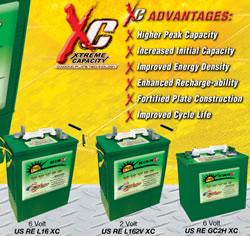Scripps Vessel Proves Viability of Renewable Fuel on 14,400-Mile Voyage
 Chris Jennewein for Times of San Diego: A Scripps Institution of Oceanography research vessel has demonstrated the viability of renewable fuel by traveling 14,400 nautical miles over a 16-month period on renewable diesel.
Chris Jennewein for Times of San Diego: A Scripps Institution of Oceanography research vessel has demonstrated the viability of renewable fuel by traveling 14,400 nautical miles over a 16-month period on renewable diesel.
The R/V Robert Gordon Sproul used a hydrogenation-derived renewable fuel called NEXBTL Renewable Diesel developed by Neste Oil in Finland. The experiment began in September 2014 and ran through December 2015, during which time the vessel used a total of 52,500 gallons.
“Part of the Scripps mission is to protect the environment, and one of the most significant changes that we could make in our ship operations involved moving toward the use of cleaner, renewable fuels,” said Scripps Associate Director Bruce Appelgate. “As scientists, we know we need to develop sustainable means of powering our ships to address pollution concerns as well as to mitigate future increases in fossil fuel costs.”
Renewable biofuel is nearly carbon-neutral and produces cleaner emissions, thus decreasing greenhouse gas emissions and improving air quality relative to fuels derived from petroleum. Cont'd...
Comments (0)
This post does not have any comments. Be the first to leave a comment below.
Featured Product

